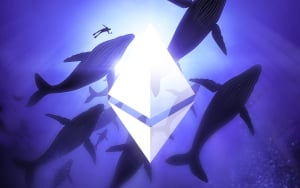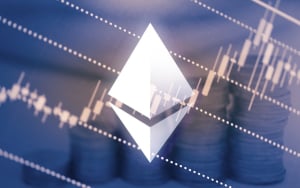
Disclaimer: The opinions expressed by our writers are their own and do not represent the views of U.Today. The financial and market information provided on U.Today is intended for informational purposes only. U.Today is not liable for any financial losses incurred while trading cryptocurrencies. Conduct your own research by contacting financial experts before making any investment decisions. We believe that all content is accurate as of the date of publication, but certain offers mentioned may no longer be available.
Polygon network and MATIC token are expected to receive their own implementation of the long-awaited Ethereum EIP-1559 update, which is going to introduce a fee-burning mechanism and remove auction-based transaction processing.
Base fee and burning mechanism
Ethereum's fee-burning mechanism introduction has entirely changed Ethereum's tokenomics and greatly affected the coin's market performance. After discussion in the community, the Polygon network has decided to test the highly-requested update in the Mumbai testnet.
The EIP-1559 update removes the traditional auction-type transaction mechanism and adds the base fee for all transactions and the priority fee, which will be used to speed up transactions during congestion periods. The base fee will be burned just as on the Ethereum network.
Dapps functionality
Polygon dApps will only benefit from the upgrade, according to developers' blogs. The removal of an auction-based fee structure will allow users to utilize dApps with more predictable fees.
Will it affect MATIC's price?
MATIC's token supply is currently fixed at 10 billion, which means that the supply reduction will most certainly have a deflationary effect in terms of the supply. But the fee-burning mechanism does not necessarily mean a continuous value increase.
The price action for each asset is tied to its usability, fundamental value and speculative interest. If all mentioned criteria are met, the deflationary effect might in fact provide a positive market outcome.
Validators and delegators will also be affected by the upcoming update. All rewards on the network are being handed out in MATIC token, which will become deflationary. After the update's implementation, developers expect the network to become less congested due to the automatic base fee increase.
After each block gets full, the next transaction will require a greater fee that will remove spam transactions from the network and reduce the overall load.


 Dan Burgin
Dan Burgin Vladislav Sopov
Vladislav Sopov U.Today Editorial Team
U.Today Editorial Team